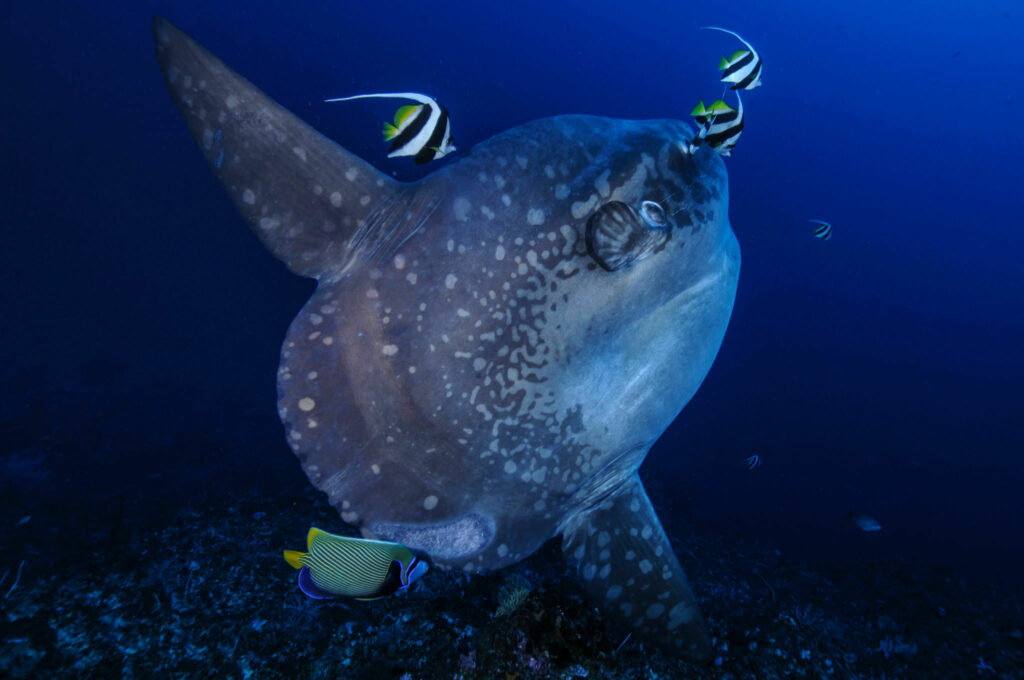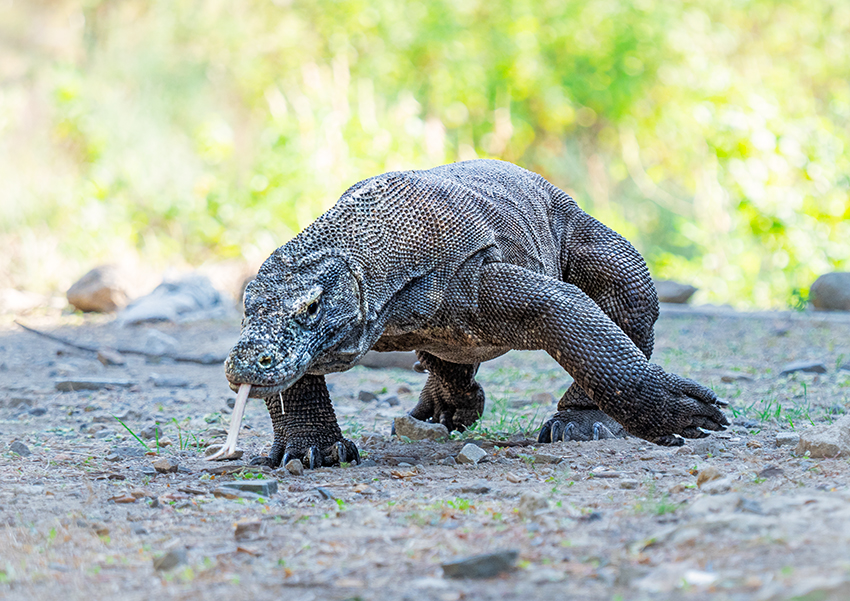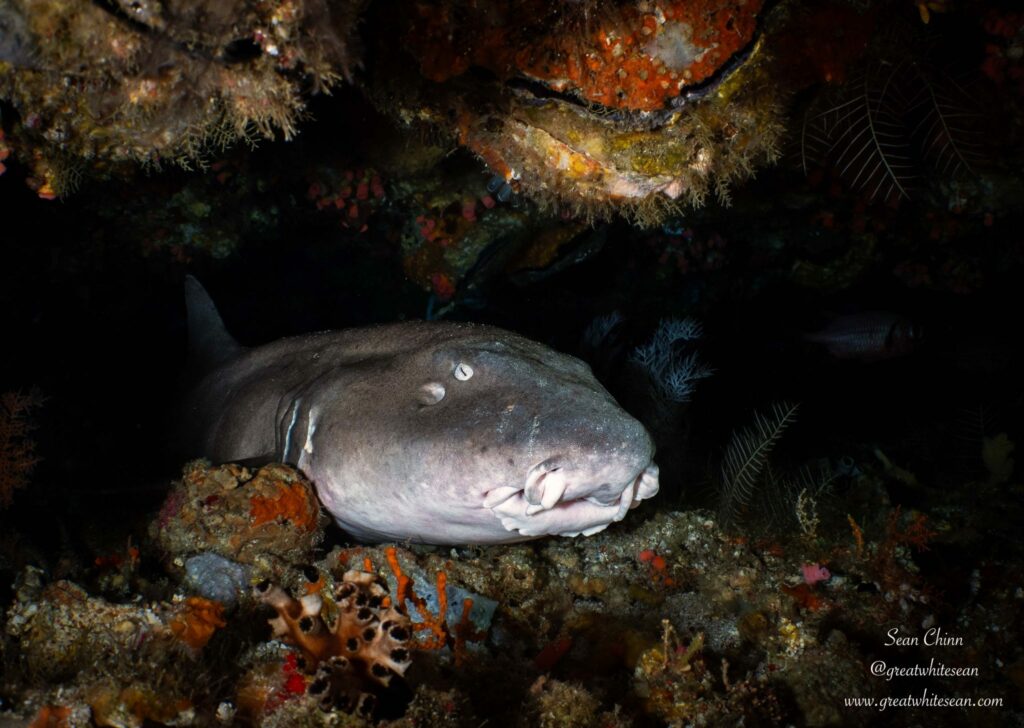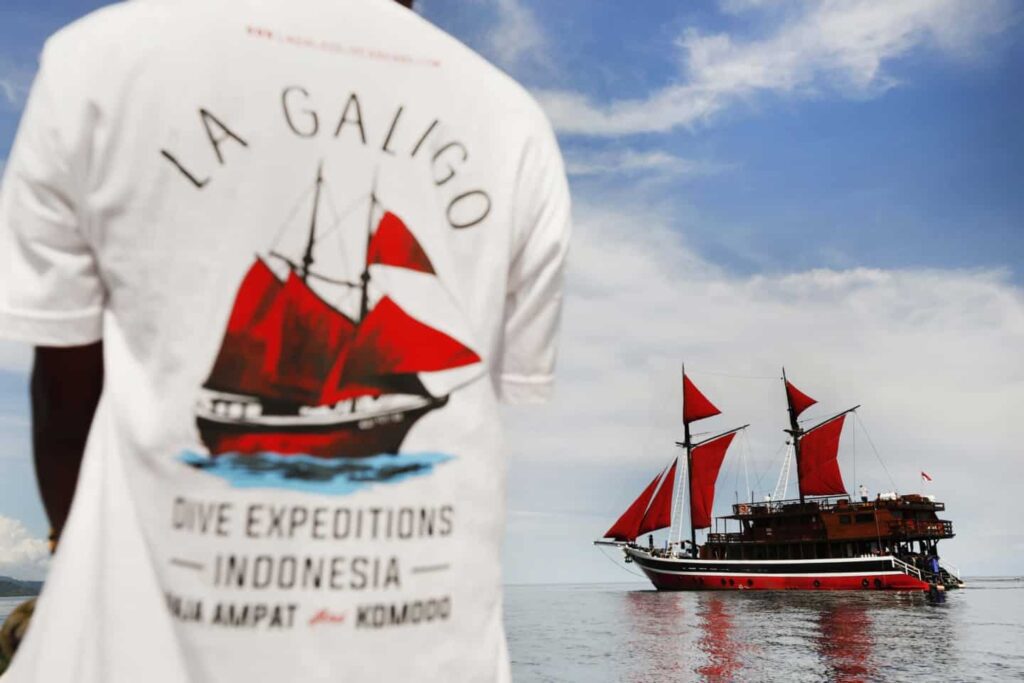5 Things to Never Do After Scuba Diving
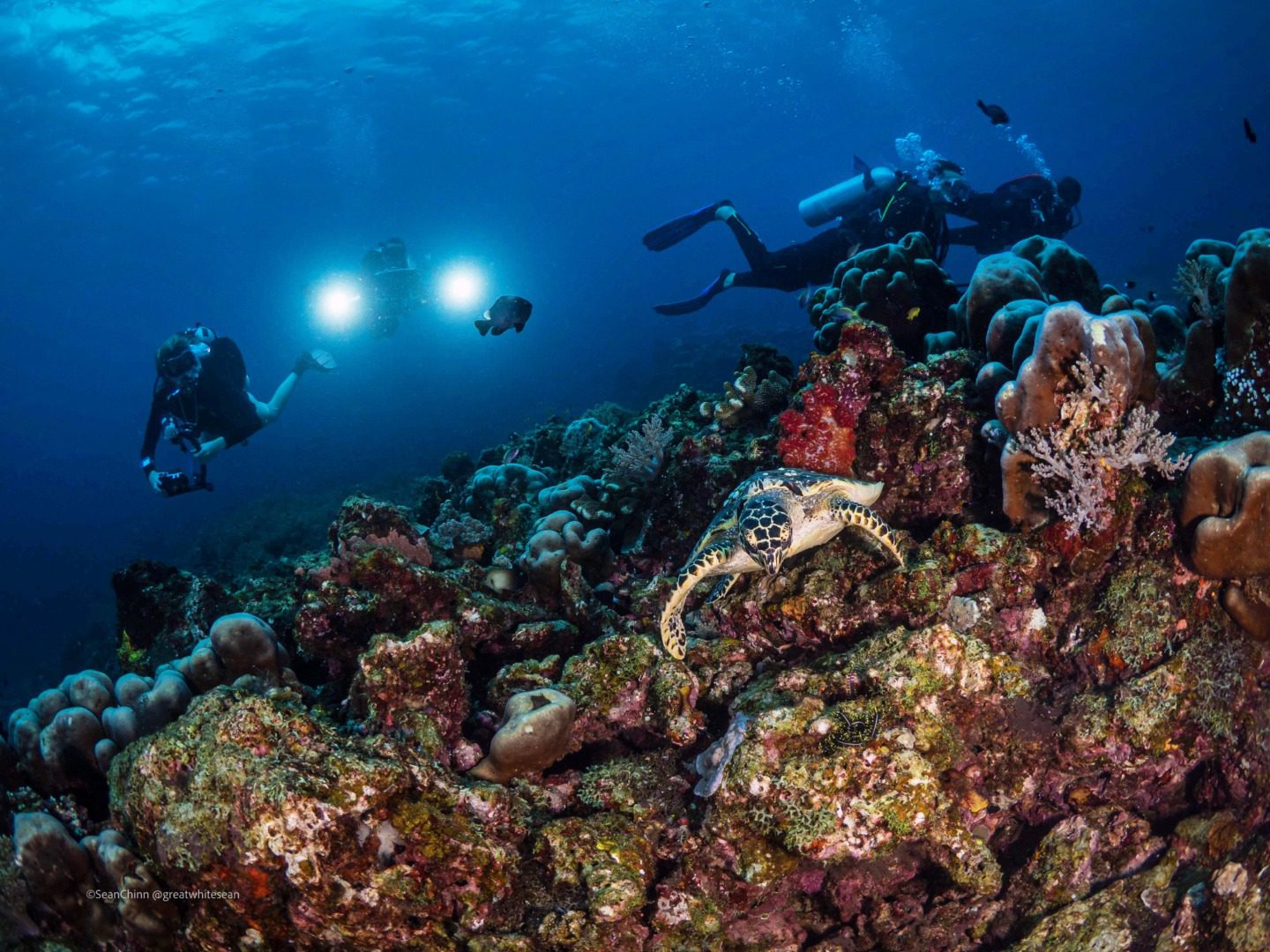
You may know what you SHOULD do as a beginner diver, but do you know what you SHOULDN’T do after diving? In reality, many experienced divers are unaware of these facts or may have just forgotten them since their certification was so long ago.
A dive takes extensive planning, as well as several safety inspections. During open water certification, this technique is emphasized and described thoroughly.
However, post-dive safety concerns are not as extensive, and new divers may be unaware of what should not be done. Here is a list of five things you should not do immediately following a dive.
1. Do not consume alcohol after diving
Many divers prefer cocktails after a day of diving, which may be a contentious matter for some. It is not advisable to consume alcohol immediately after a dive. Alcohol may influence how our bodies eliminate extra nitrogen.
Dehydration is one of the most common causes of decompression sickness, and drinking alcohol is one of the most effective methods to dehydrate oneself.
Another major reason to avoid heavy drinking after a dive is that it can hide the genuine symptoms of decompression sickness. As a result, necessary medical care may be found too late.
To avoid issues, drink plenty of water before and after diving to prevent dehydration. Most importantly, wait a few hours before drinking alcohol to avoid any mistakes.
2. Do not fly after diving
One of the more well-known concerns to divers is flying after scuba diving. This is a common issue in the diving world because divers want to make the most of their diving excursions and get as much diving time in as possible.
The major reason for this warning is the pressure inside the airplane’s cabin, not the flight itself. When you fly, the air pressure decreases. If you flew immediately after diving, the gain in altitude would cause a reduction in pressure equal to a rapid ascent while diving.
The longer and deeper you dive, the more nitrogen is taken into your blood. When the nitrogen reaches the surface, the pressure drops and it reverts to gas bubbles.
Decompression should be done slowly so that the nitrogen may exit your lungs. If you ascend too quickly, the nitrogen in your blood can produce bubbles, which can be uncomfortable and sometimes dangerous (like opening a bottle of soda after it’s been shaken up).
The nitrogen in your blood will be reduced if you wait the appropriate amount of time before flying. The general rule appears to be that you should wait 12 hours after a single no-decompression dive, 18 hours after numerous dives or many days of diving, and at least 24 hours following dives that require decompression stops.
3. Do not go mountain climbing after diving
Mountain climbing should be avoided within 24 hours of a dive. This is due to the shift in altitude that occurs when climbing a mountain. Changes in altitude, like flying and ziplining, can result in decompression sickness.
If you intend to combine scuba diving with mountain climbing, do the mountain climbing first to avoid any potential dangers. Climbing before diving is totally safe. This could be a simple way to enjoy your trip while staying secure.
Be aware that even visiting a town at altitude can also fall into this category. A classic example of this is diving a multi day liveaboard in Komodo National Park, after the trip the boats dock at Labuan Bajo port on the island of Flores. A very popular place to visit while on the island of Flores is the traditional cultural village of Ruteng which is a 3 and a half hour drive east from the port city. However the village sits at 1,118 meters (3668 feet) elevation. Any diver wishing to visit this place after a liveaboard trip in Komodo should make sure that they wait 24 hours after their last dive before starting the trip to avoid the gradual increase in elevation during the drive.
To summarize, altitude exposure is altitude exposure. There are no exceptions to the regulations, and disregarding them raises the risk of decompression sickness. Keep your feet on the ground after diving.
4. Do not go zip-lining after diving
Ziplining is usually done on a mountain or in an elevated place, and because of the altitude, it should be avoided for 24 hours after a dive. Going to a greater altitude while ziplining may cause decompression sickness.
Many ziplining operators will say unequivocally that they will not allow anyone to zipline if they have been scuba diving within the previous 24 hours. Strange to beginners, but makes sense once you understand the science.
5. Do not massage after diving
After a hard day of diving, getting a massage may seem like a nice way to relax, but massage should be avoided. Massage increases blood flow, which may cause tiny nitrogen bubbles to merge into one huge bubble, yet no cases of DCS have been reported as a result of massage.
Deep tissue massage is strongly discouraged since it has the potential to produce pain in the body, leading to the misdiagnosis of decompression sickness after a dive.
Enjoy a Diving Trip in Raja Ampat and Komodo with La Galigo Liveaboard
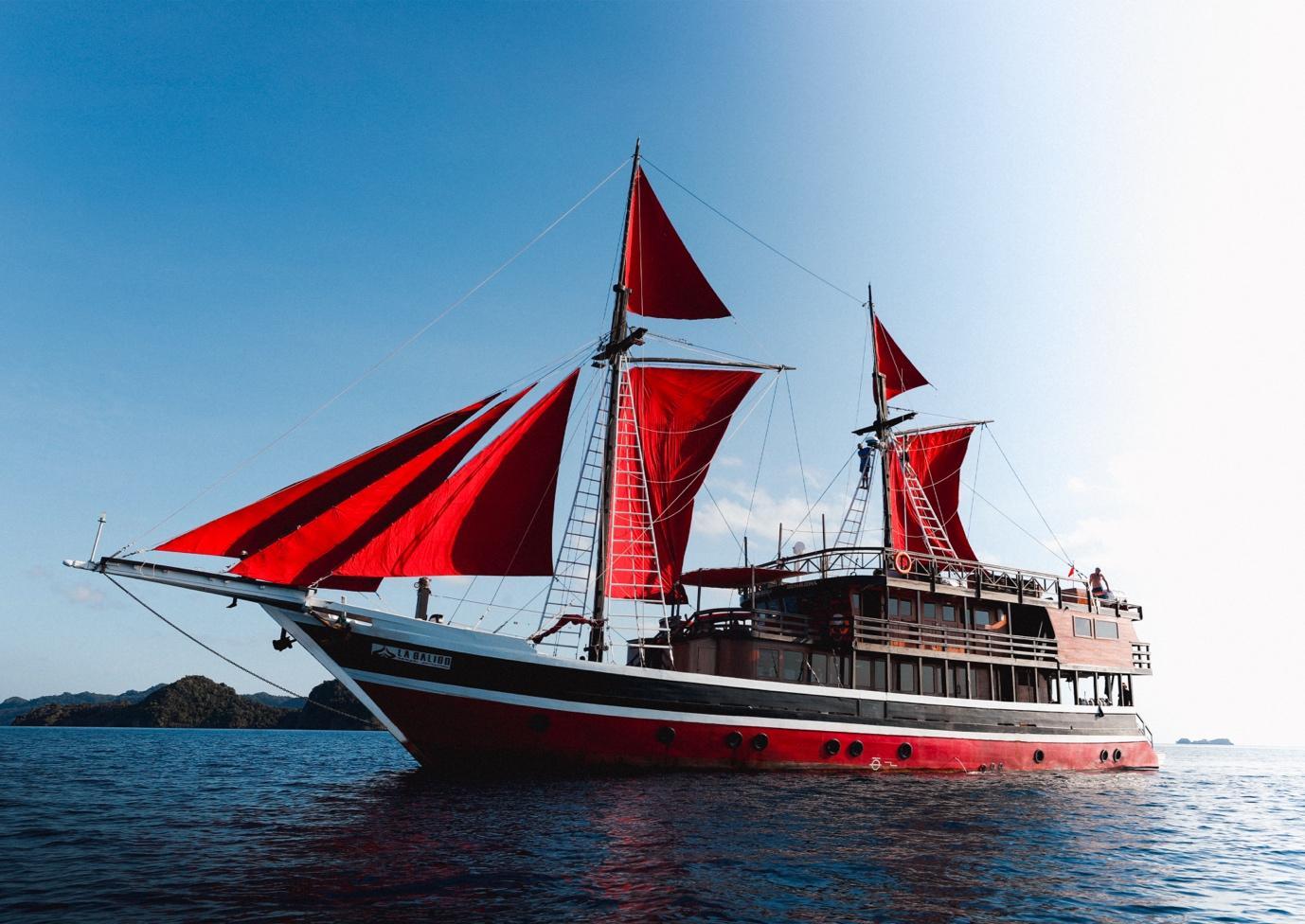
La Galigo is known as one of the best liveaboard diving boats in Raja Ampat Indonesia, and it offers trips to well-known diving destinations such as Komodo and Raja Ampat. The Coral Triangle is located in Indonesia, which has the highest marine biodiversity on the planet.
La Galigo Liveaboard Diving was founded in 2015 by two avid divers who wanted to explore some of Indonesia’s pristine reefs but found that all existing scuba diving options were frequently out of their budget, and wanted to provide an affordable option for everyone to be able to explore these beautiful places.
La Galigo Liveaboard Diving in Raja Ampat & Komodo is a friends and family affair, and our liveaboard diving trips are always focused on fun, safety, guest comfortability, and are exceptional value for money. Our trip prices range from $2,160 for a six-day Komodo liveaboard diving trip to $3,375 for an eight-day Raja Ampat liveaboard diving trip. The price includes four meals a day, diving three to four times a day or snorkelling, and land tours.

